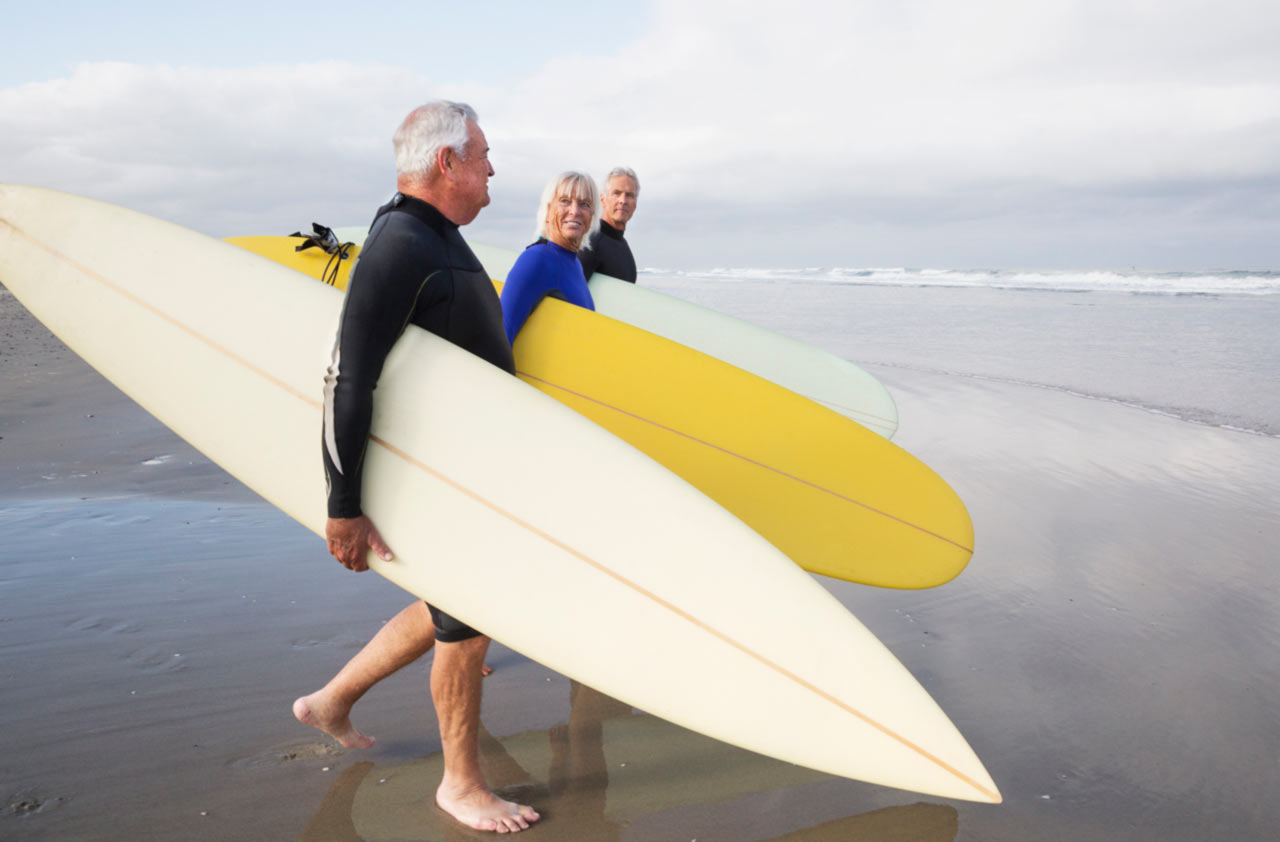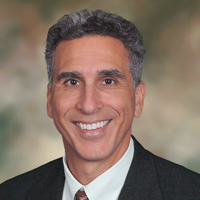The 3 Spending Stages of Your Retirement
Popular thinking is that you’ll spend less once you retire, but that’s not what I’ve seen in my own clients, at least in the first few years.


How much money will you need throughout your retirement years?
No magic formula can give you a precise answer, but I believe you can estimate costs. I also believe you should plan for three distinct phases of retirement.
Phase One: Retirement to age 75.
In this phase, people tend to be very active. They travel, play golf and visit their grandkids. They’ve got energy, they’re on the go and they’re spending money. I’ve seen articles that say retirees’ cost of living will go down 40%, but that’s not what I’ve witnessed in my clients’ lives. Whatever money people spent on working (the commute, lunches, clothes, etc.) after retirement is spent on cruises, hobbies and fun. In fact, during this initial phase of retirement, costs for retirees typically go up.

Sign up for Kiplinger’s Free E-Newsletters
Profit and prosper with the best of expert advice on investing, taxes, retirement, personal finance and more - straight to your e-mail.
Profit and prosper with the best of expert advice - straight to your e-mail.
I suggest planning for your cost-of-living to rise 4% per year in Phase One. That may sound like a very aggressive rate, but I believe in overestimating on all possible costs and underestimating on income. If you do that and reality is better than planned, your financial plan will be better than planned, too.
Phase Two: Age 75–85.
Retirees are still active in this phase, but they’ve slowed down. They’ve done a lot of the things they’d planned for retirement, and though they’re still traveling and pursing hobbies, they’re also settling into routines at home. Although people are still spending in this phase, the cost of living typically plateaus. I’d plan for an increase of 3% per year to be conservative. We want to overestimate our expenses in the planning process so that reality should be better than the plan.
Phase Three: Age 85 plus.
In this third phase of retirement, people tend to spend more time at home and with their families, and costs go down (as long as health problems are not an issue). It can be a good time to think about the legacy you’ll leave, and even to begin transitioning some of your wealth to heirs, but once again, so as to be conservative, I also suggest you continue to build in a cost-of-living increase of 2% a year. When planning for our clients, we try to overestimate on the bad stuff and underestimate on the good stuff. The idea being that, if we are OK under that scenario, we should be OK under something better.
Having worked with retirees for many years, I’ve seen hundreds of people go through these three phases. One client defined them this way: “Phase One is golf, golf, golf. Phase Two is golf, golf. Phase Three is golf.” No matter how you define the phases, I think you’ll agree that most people’s interests, abilities and spending habits change during retirement, that yours probably will, too, and that it’s wise to take that into account when estimating your retirement costs.
Get Kiplinger Today newsletter — free
Profit and prosper with the best of Kiplinger's advice on investing, taxes, retirement, personal finance and much more. Delivered daily. Enter your email in the box and click Sign Me Up.

Ken Moraif is the CEO and founder of Retirement Planners of America (RPOA), a Dallas-based wealth management and investment firm with over $3.58 billion in assets under management and serving 6,635 households in 48 states (as of Dec. 31, 2023).
-
 Designing Your 'Immortal' Financial Plan
Designing Your 'Immortal' Financial PlanExplore an approach that offers solutions for those navigating the intersection of longevity, fulfillment and financial security.
By Dennis McNamara
-
 How to Protect Your Privacy While Using AI
How to Protect Your Privacy While Using AIHow to keep your information and finances safe while using AI, including ChatGPT and Perplexity.
By Bob Haegele
-
 A QLAC Does So Much More Than Simply Defer Taxes
A QLAC Does So Much More Than Simply Defer TaxesHere are the multiple ways you can use a QLAC, from managing retirement risks to creating income for specific retirement needs and wants.
By Jerry Golden, Investment Adviser Representative
-
 Self-Directed Brokerage Accounts: Retirement's Hidden Gem?
Self-Directed Brokerage Accounts: Retirement's Hidden Gem?SDBAs are underused and have a reputation for being risky, but when managed carefully they can help you grow your wealth faster than your company's 401(k).
By Scott M. Dougan, RFC, Investment Adviser
-
 Early-Stage Startup Deals: How Does a SAFE Work?
Early-Stage Startup Deals: How Does a SAFE Work?Investing in an early-stage startup can get complicated fast, so the venture capital industry turns to other investing options. One is a SAFE.
By Murat Abdrakhmanov
-
 Should You Hire a Public Adjuster for Your Insurance Claim?
Should You Hire a Public Adjuster for Your Insurance Claim?As natural disasters strike more often, insurance clients are asking, 'What should I do, or who should I hire, if my insurance company is jerking me around?'
By H. Dennis Beaver, Esq.
-
 Tips to Help Entrepreneurs Create Self-Sustaining Businesses
Tips to Help Entrepreneurs Create Self-Sustaining BusinessesWith the right processes and people in place, a truly sustainable business can be efficiently passed on to a successor and run profitably on its own.
By Jason L Smith, CEP®, BPC
-
 Navigating Annuity Taxation: A Guide for Financial Advisers
Navigating Annuity Taxation: A Guide for Financial AdvisersUnderstanding the essentials of taxation in retirement income strategies involving annuities helps ensure positive outcomes for clients.
By Jake Klima
-
 How Google Reviews Can Help (or Hurt) Financial Advisers
How Google Reviews Can Help (or Hurt) Financial AdvisersDon't leave your Google Business Profile unclaimed — someone else can make changes if they claim it. Also, here's what you can (and cannot) do with the reviews.
By Jeff Briskin
-
 How Baby Boomers and Gen Xers Are Redefining Retirement Living
How Baby Boomers and Gen Xers Are Redefining Retirement LivingBoth generations need to embrace change and leverage real estate as a dynamic asset in their retirement planning. Here's how financial advisers can help, too.
By David Conti, CPRC